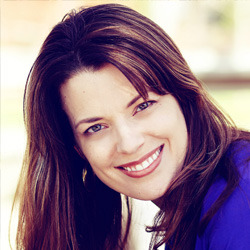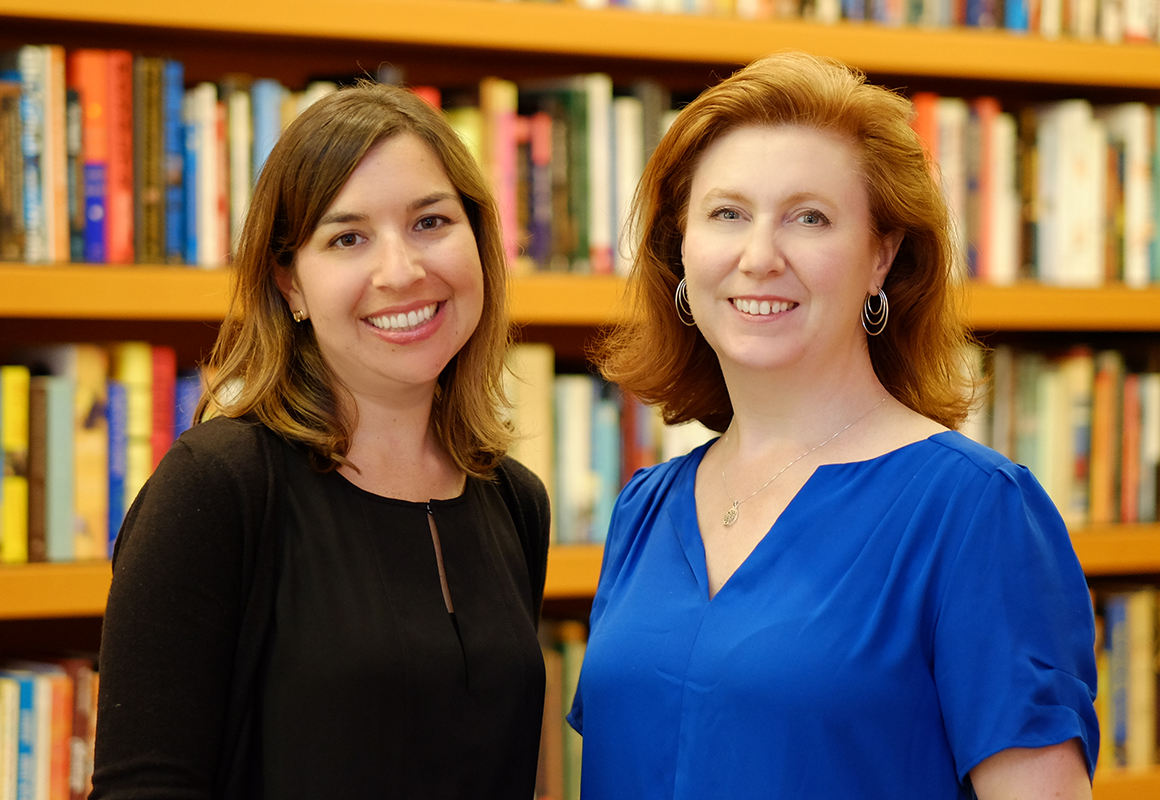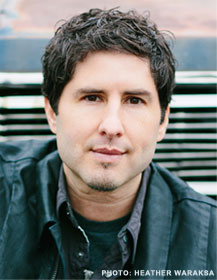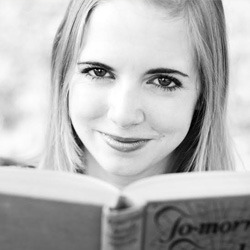 Parents who double as educators often develop recommended reading lists for Brightly. Melissa Taylor is a teacher, mother and writer from Colorado. Her goal in childhood was to read every book in the children's section of the library. She loves (in no particular order) children's books, her Kindle, Pinterest and knitting rectangles. An education expert, she's written for many publications, including Parenting.com, USA Today Health and Scholastic Parent and Child.
Parents who double as educators often develop recommended reading lists for Brightly. Melissa Taylor is a teacher, mother and writer from Colorado. Her goal in childhood was to read every book in the children's section of the library. She loves (in no particular order) children's books, her Kindle, Pinterest and knitting rectangles. An education expert, she's written for many publications, including Parenting.com, USA Today Health and Scholastic Parent and Child.
You're likely already acquainted with famously strong female characters like Katniss, Hermione, and the Paper Bag Princess, but there are many more that are worthy of celebration and admiration. Whether physically, emotionally, or intellectually strong, these are female characters who don't conform to stereotypes, who struggle and suffer, and who show young readers the power of perseverance and pluck.
1. Flora (Flora & Ulysses)
Flora isn't afraid to see her parents as human beings. And she's determined to protect her talking squirrel friend Ulysses from her mother's "malfeasance." Who can resist Flora's independent spirit and acceptance of all things Ulysses!?
2. Liesel (The Book Thief)
It's wartime in Europe. Liesel wants to read, so much so that she steals books, even though books are banned. We watch her struggle, persevere, and grow into a mature girl with strong friendships and a strong sense of justice.
3. Cimorene (Dealing with Dragons)
Self-sufficient and intelligent Princess Cimorene is fed up with princess life. She leaves home to work for a dragon instead. And no, Cimorene doesn't want a prince to rescue her; she likes working for her dragon just fine, thank you very much. Cimorene shows us to follow your heart, even if it defies conventions.
4. Stargirl (Stargirl)
This is one of my favorite characters and books of all time. Stargirl's been homeschooled until tenth grade. Her uniqueness shocks her classmates--she plays ukelele, cheers for every football team, and is (gasp!) nice to everyone. When she's shunned, in typical high school fashion, she tries to remake herself to fit in. But that doesn't work and Stargirl returns to the person we love--an individual who knows herself, even if she doesn't fit the "norm."
5. Éowyn (The Lord of the Rings)
One of the few females in the trilogy, Éowyn, a beautiful Royal, is a fierce fighter. She kills the Witch-king in battle and voices some of my favorite feminist dialogue. The king doesn't believe he can be killed and says to her, "No living man may hinder me," to which Éowyn replies, "No living man am I! You look upon a woman," and kills him. Take that, Witch-king!
6. Rapunzel (Rapunzel's Revenge)
Rapunzel escapes her tower to right the wrongs perpetrated by her mother/capturer. She uses her long braids as lassos, has a male sidekick, and courageously seeks answers about her past. She kicks butt and serves out justice, Wild-West style.
7. Willow (Counting By 7s)
Your heart will break with Willow's as she struggles with the sudden death of her parents while trying to find a new home. One thing you'll see is that Willow is confused and heartbroken, but she's not broken. In fact, Willow is remarkably resilient; her emotional strength is profoundly moving. This a story, and a character, that will stay with you.
8. Deza (The Mighty Miss Malone)
Deza is a smart girl who loves learning. She's also a survivor--a survivor of prejudice, poverty, and family troubles. Her strength lies in her ability to persevere and her strong relationship with her family.
9. Puck (The Scorpio Races)
To save her family home, orphan Puck must learn to ride the water horses (a feat in itself since they eat human flesh and try to drown their riders), enter the island's Scorpio Races, and win the monetary prize. Seems like a lot, right? But Puck is focused and determined. You'll admire Puck for her courage and passionate pursuit of her goal.
10. Sabriel (The Abhorsen Trilogy)
Sabriel is a necromancer like her father, and now it's up to her to cross into the Old Kingdom to find him while battling the Dead and navigating other dangers. She's smart, loyal, and fearless. Sabriel is a female character whose epic journey you won't want to put down. She's amazing, as is this trilogy. --Melissa Taylor
Read this article at Brightly.




 Authors of children's and teen books are among the contributors at Brightly.
Authors of children's and teen books are among the contributors at Brightly.  Librarians and educators frequently offer tips to parents on Brightly. In her pre-child life, Janssen Bradshaw was an elementary school librarian. Now she stays home with her three girls and is constantly maxing out her library card with picture books, cookbooks and young adult novels. She's anxiously counting down the days until her girls are old enough to read the Little House on the Prairie books. You can find Janssen on her blog,
Librarians and educators frequently offer tips to parents on Brightly. In her pre-child life, Janssen Bradshaw was an elementary school librarian. Now she stays home with her three girls and is constantly maxing out her library card with picture books, cookbooks and young adult novels. She's anxiously counting down the days until her girls are old enough to read the Little House on the Prairie books. You can find Janssen on her blog,  Parents who double as educators often develop recommended reading lists for Brightly.
Parents who double as educators often develop recommended reading lists for Brightly. 